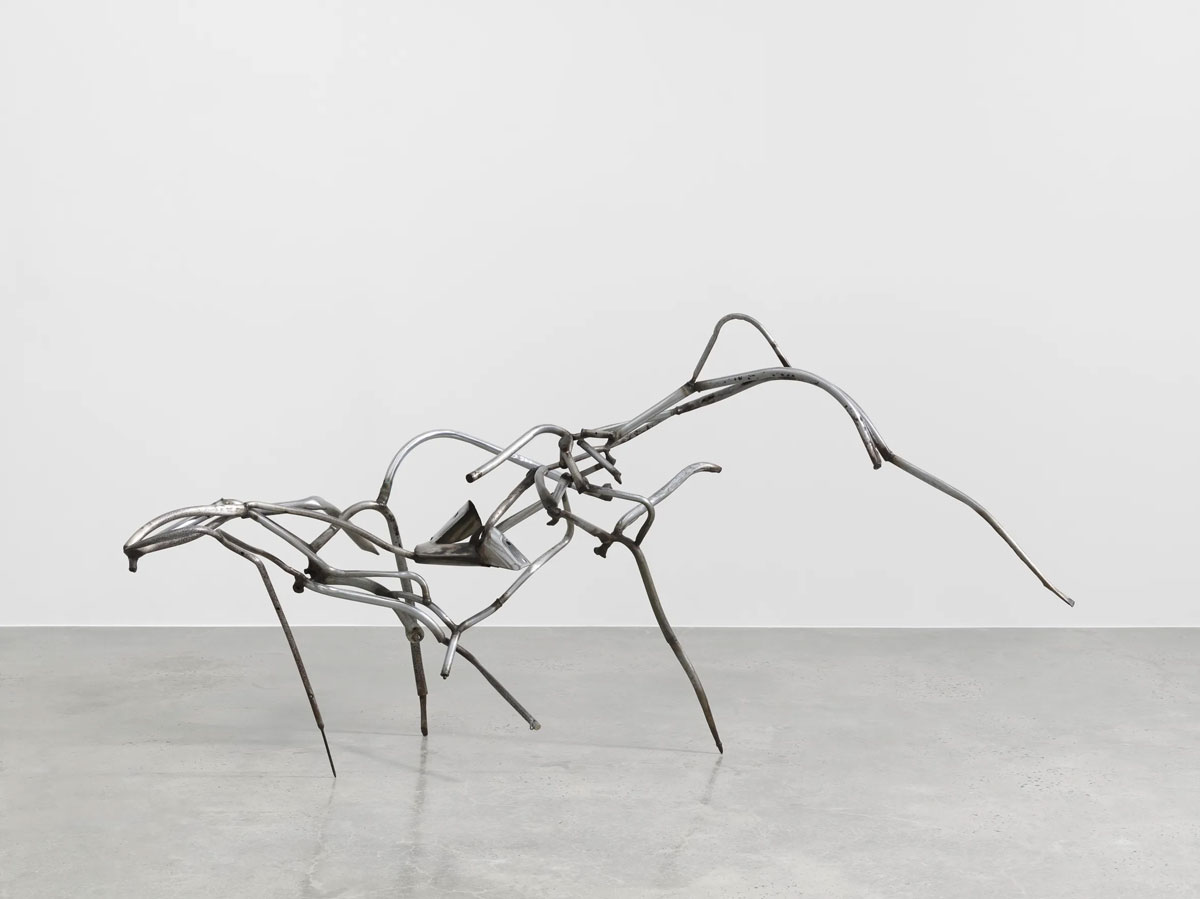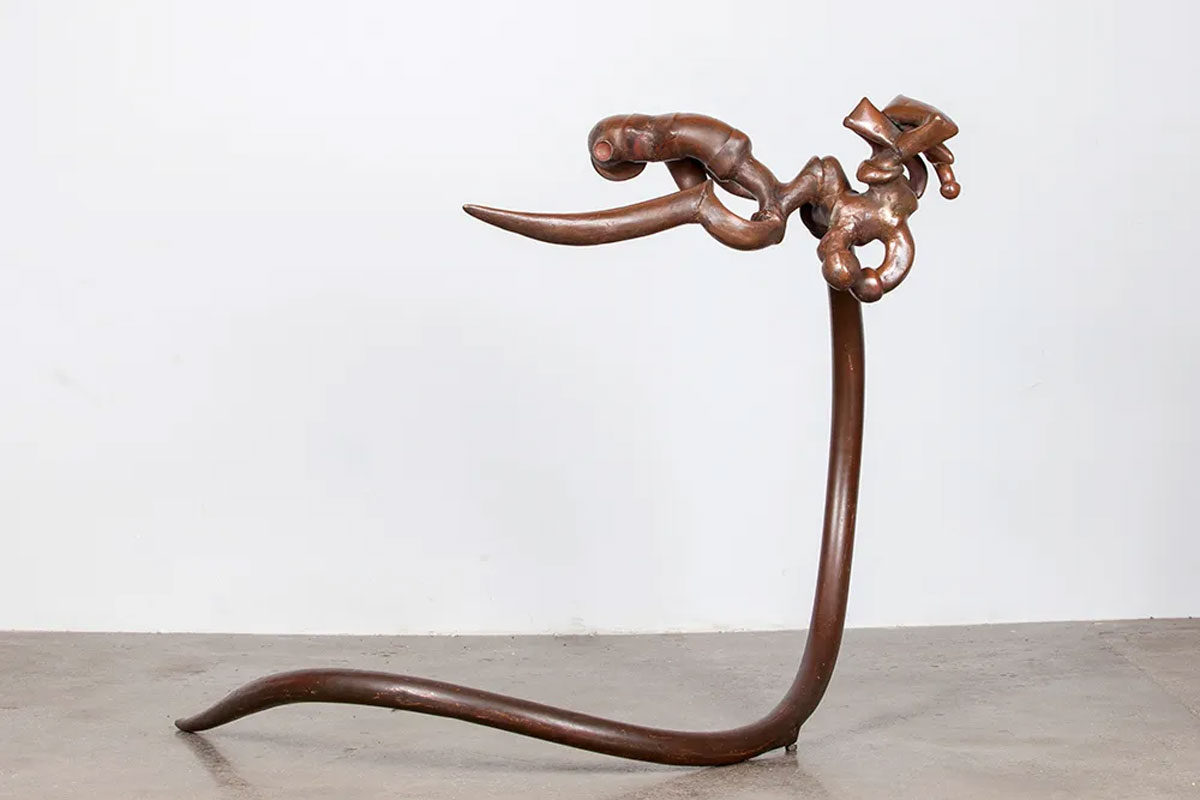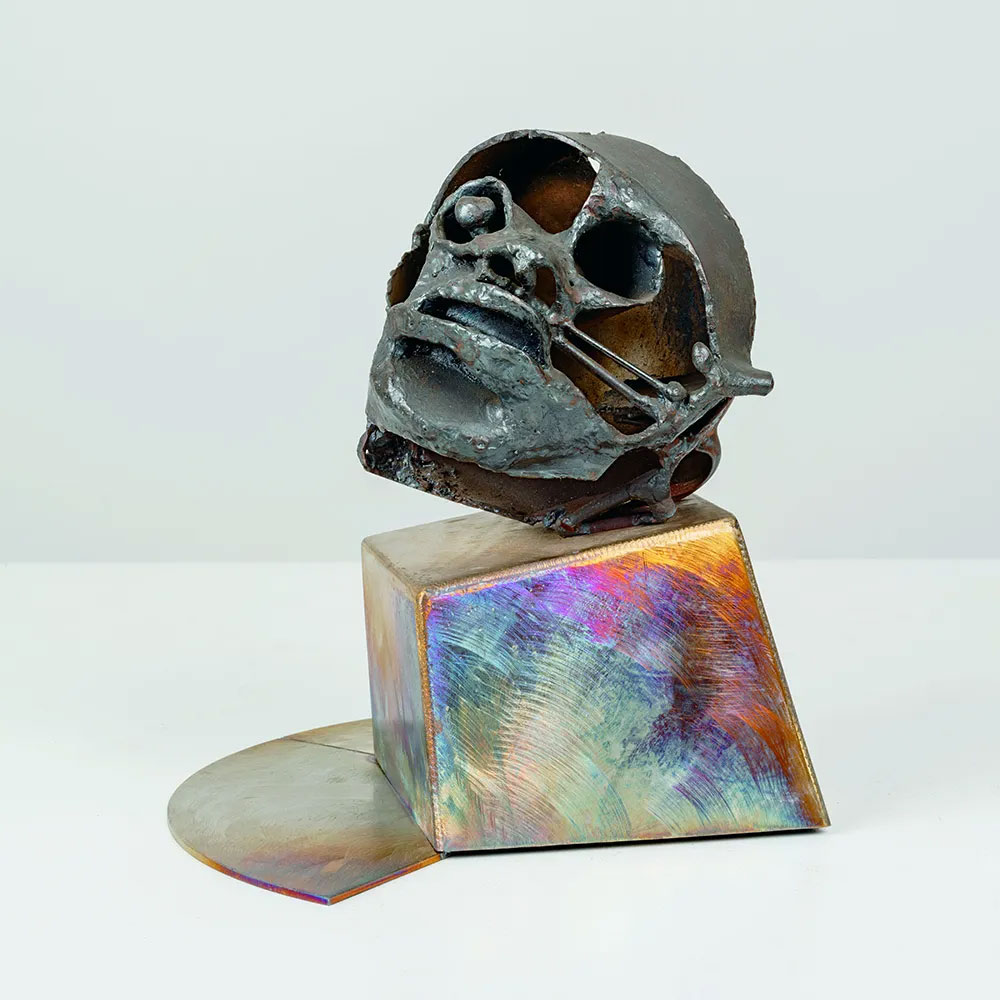PRESENTATION: Richard Hunt
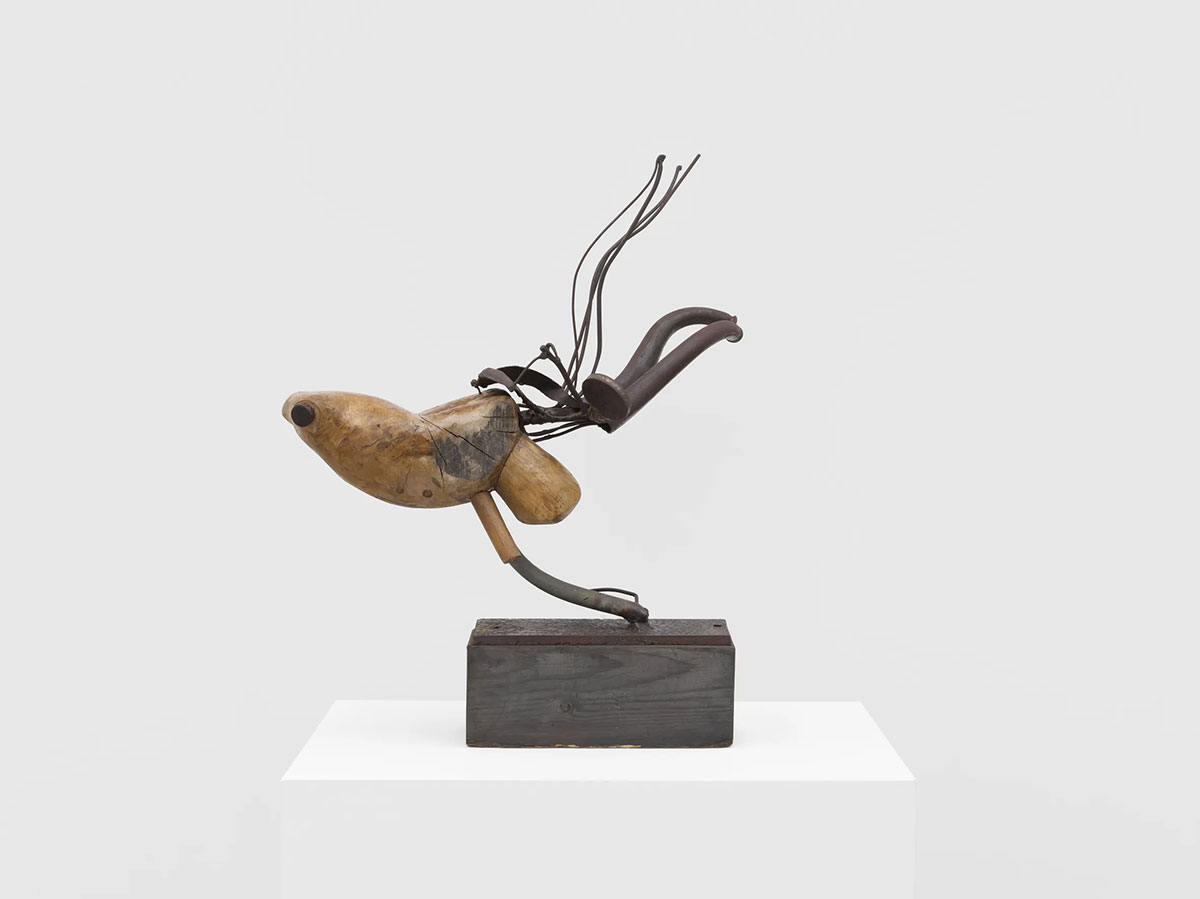 Richard Hunt’s status as the foremost African-American abstract sculptor and artist of public sculpture has remained unchallenged. Executed in welded and cast steel, aluminum, copper, and bronze, Hunt’s abstract creations make frequent references to plant, human, and animal forms. Hunt prefered to be called a “Midwestern sculptor,” and is one of the few well known African-American sculptors who still resides and works in his hometown.
Richard Hunt’s status as the foremost African-American abstract sculptor and artist of public sculpture has remained unchallenged. Executed in welded and cast steel, aluminum, copper, and bronze, Hunt’s abstract creations make frequent references to plant, human, and animal forms. Hunt prefered to be called a “Midwestern sculptor,” and is one of the few well known African-American sculptors who still resides and works in his hometown.
By Efi Michalarou
Photo: White Cube Gallery Archive
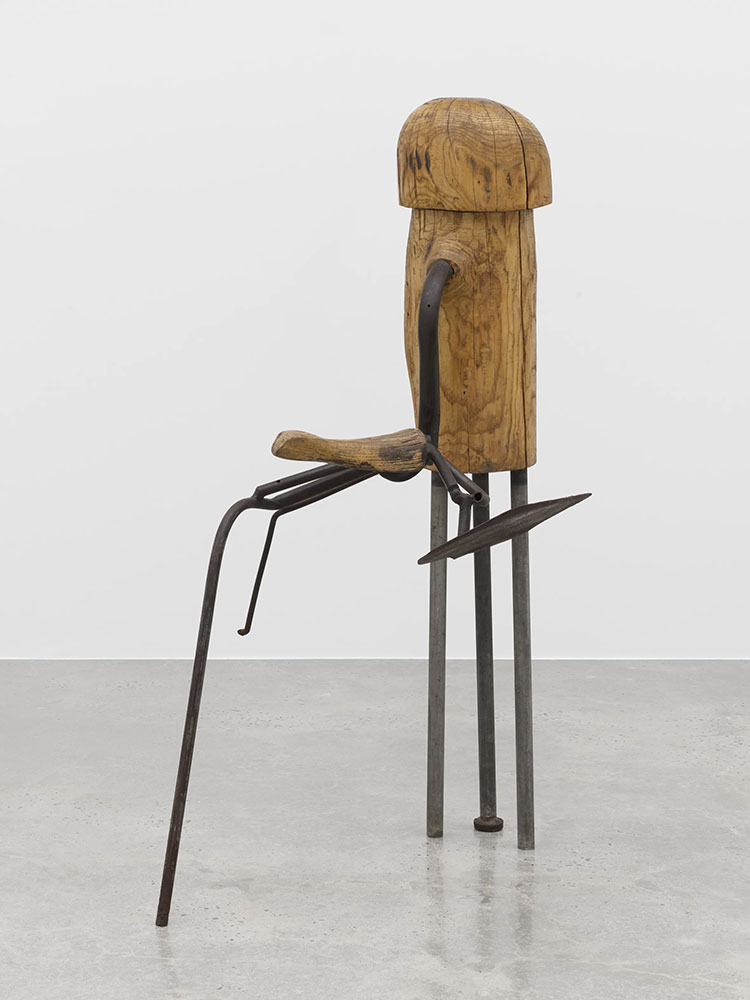
The exhibition in White Cube Gallery in New York bring together sculptures from the Richard Hunt’s early career, with a focus on his 1971 solo exhibition at MoMA, New York, which was, at the time, the first retrospective for an African American sculptor at the museum. Born in Chicago on 12/9/1935, Richard Hunt was one of the most important sculptors this nation has produced. His prolific art career spanned seven decades. Hunt’s metal sculpture is notable for its widespread presence in museum collections and many public monuments installed across the U.S. Despite challenges for African-American artists during his lifetime, Hunt held over 150 solo exhibitions and is represented in more than 100 public museums across the globe. Hunt made the largest contribution to public art in the United States, with more than 160 public sculpture commissions gracing prominent locations in 24 states and Washington, D.C. A descendant of slaves brought to this country through the port of Savannah, Georgia, Hunt grew up on the South Side of Chicago, first in Woodlawn and then Englewood. His father was a barber and his mother was the first Black female librarian in the city of Chicago. During his youth, he was immersed in Chicago’s cultural and artistic heritage through art lessons at the South Side Community Art Center (SSCAC) and the Junior School of the Art Institute of Chicago. Regular visits to Chicago’s major public museums trained his eye and captured his interest in art. Hunt would go on to develop an extensive collection of African Art, which served as an inspiration for his work. In 1953, the landmark exhibition “Sculpture of the Twentieth Century” was held at the Art Institute of Chicago. During this exhibit, Hunt studied the artworks of welded metal and became inspired by the works of Julio Gonzalez, Picasso, David Smith, and Alberto Giacometti, among others. Hunt attended the School of the Art Institute of Chicago (SAIC) on a scholarship from 1953-57 where he focused on sculpture while earning his B.A.E. When Hunt was nineteen years old he witnessed the open-casket funeral of Emmett Till in Chicago. Till, who was abducted, tortured, and lynched in Mississippi in 1955, had grown up only two blocks from the Woodlawn home where Hunt was born. Hunt would later remark, “What happened to [Till] could have happened to me.” Hunt went on to create art shaped by this experience, which influenced both his artistic expression and his commitment to the cause of Civil Rights. Inspired by “Sculpture of the Twentieth Century” and shaken by the death of Emmett Till, Hunt taught himself how to weld and began composing found metal objects into art. Only two years later, he gained national recognition when the Museum of Modern Art (MoMA) in New York acquired his sculpture, “Arachne”. In 1967, after the Chicago Picasso was unveiled, Hunt began creating works of Cor-Ten steel and later bronze and stainless steel which he continued using throughout his career. Hunt also created works of cast metal, usually aluminum or bronze, and was an accomplished draftsman who created drawings, lithographs, and screenprints, in addition to many sketched works. After graduating from the SAIC, Hunt went to Europe for a year to study art and worked at the famous Marinelli foundry in Florence. While in Italy, Hunt married fellow SAIC classmate Bettye Hunt in Florence in 1957. They welcomed a daughter, Cecilia, in 1962 and subsequently divorced in 1966. He returned to the U.S. in 1958 when he was called to serve in the military. During that same year, Hunt held his first solo exhibition in New York at the Alan Gallery. On 16/3/1960, while serving in the U.S. Army and stationed at Fort Sam Houston in San Antonio, Texas, Hunt desegregated the Woolworth’s lunch counter in Alamo Plaza. Hunt was the very first African American served there. This brave action made San Antonio the first peaceful and voluntary lunch counter integration in the South. Hunt was the first African American visual artist to serve on the National Council on the Arts, appointed by Lyndon B. Johnson in 1968. Hunt created abstract welded sculptures by acquiring bumpers and fenders from scrap yards, which became a signature of Hunt’s work. He was only 35 years old at the time of his 1971 exhibition at MoMA, the first retrospective for an African American sculptor at the museum. The exhibit titled “The Sculpture of Richard Hunt” included fifty-five sculptures, eight drawings, and twelve prints. In addition, in 1981 Hunt served as one of eight jurors, the sole African American, for the Vietnam Veterans Memorial competition in Washington, D.C. Hunt sculpted major monuments and sculptures for some of our country’s greatest heroes, including Martin Luther King, Jr., Mary McLeod Bethune, Jesse Owens, Hobart Taylor, Jr., and Ida B. Wells. His sculptures commemorate events from the slave trade and the Middle Passage to the Great Migration. His massive 30-foot, 1,500-pound bronze, “Swing Low”, a monument to the African American Spiritual, hangs from the ceiling of the National Museum of African American History and Culture. Hunt’s masterpiece, “Hero Construction”, stands as the centerpiece of the grand staircase at the Art Institute of Chicago. In 2022, Barack Obama commissioned Richard Hunt as the first artist to create a work, “Book Bird”, for the Obama Presidential Center. Hunt considered artistic freedom to be the most important aspect of his career, “I am interested more than anything else in being a free person. To me, that means that I can make what I want to make, regardless of what anyone else thinks I should make.” That artistic freedom was recognized and celebrated by the many institutions from which he received 18 honorary degrees and held over twenty professorships and artist residencies at institutions such as Harvard, Yale, Cornell, Northwestern, the School of the Art Institute, and the University of Illinois. Hunt served on dozens of boards, committees, and councils, including serving as a Commissioner for the National Museum of American Art, part of the Smithsonian Institution. Hunt received more than 30 major awards, including the John Simon Guggenheim Memorial Fellowship, the Lifetime Achievement Award from the International Sculpture Center, the Fifth Star Award from the City of Chicago, and the Legends and Legacy Award from the Art Institute of Chicago. He died on 16/12/2023.
Photo: Richard Hunt, Vector, 1957, Welded steel and cottonwood, 56.5 x 41.9 x 83.2 cm | 22 1/4 x 16 1/2 x 32 3/4 in., © Richard Hunt, Courtesy White Cube Gallery
Info: White Cube New York, 1002 Madison Avenue, New York, NY, USA, Duration: 13/3-13/4/2024, Days & Hours: Tue-Sat 10:00-18:00, www.whitecube.com/
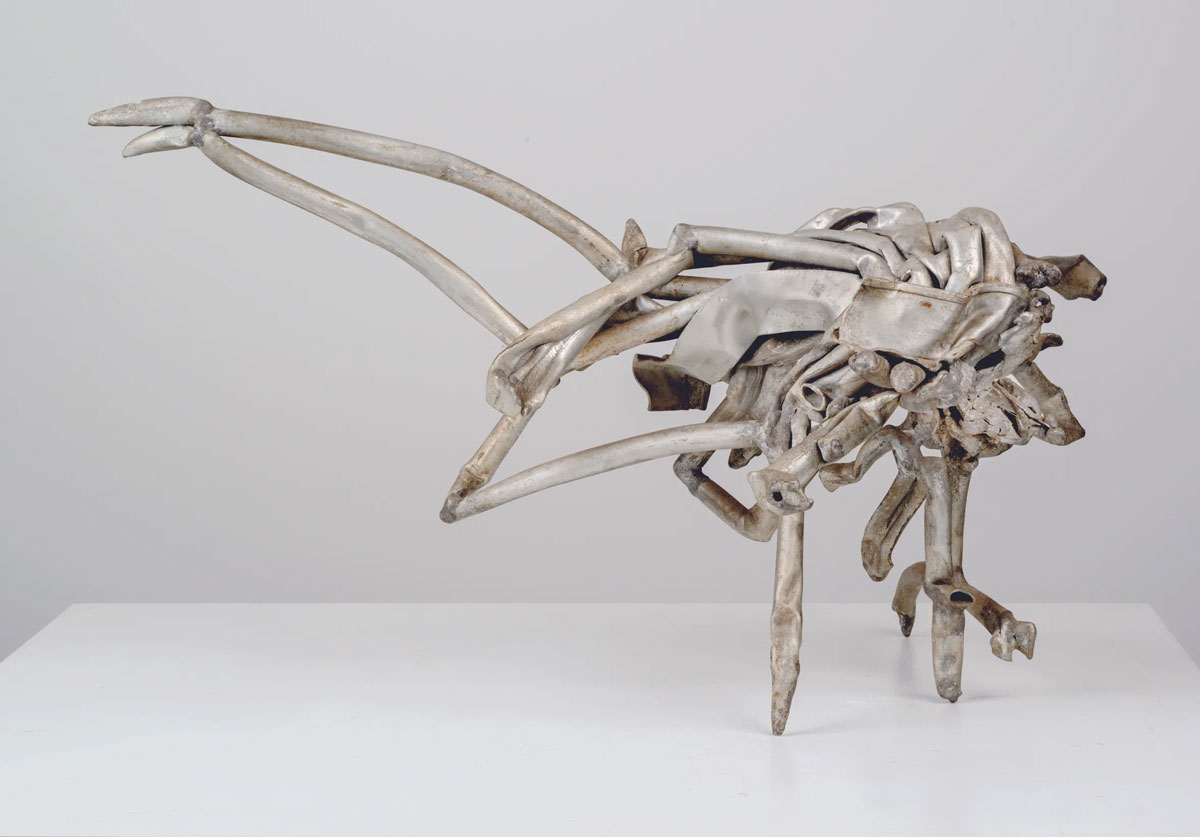
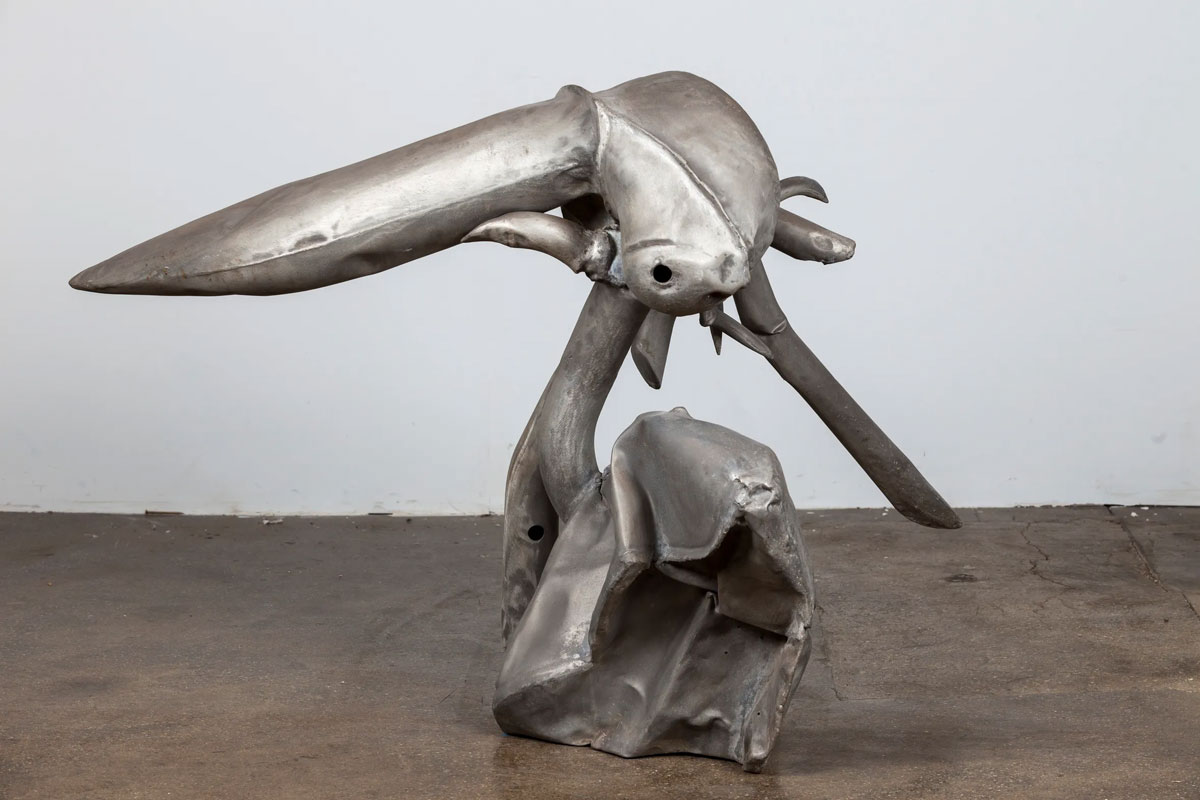
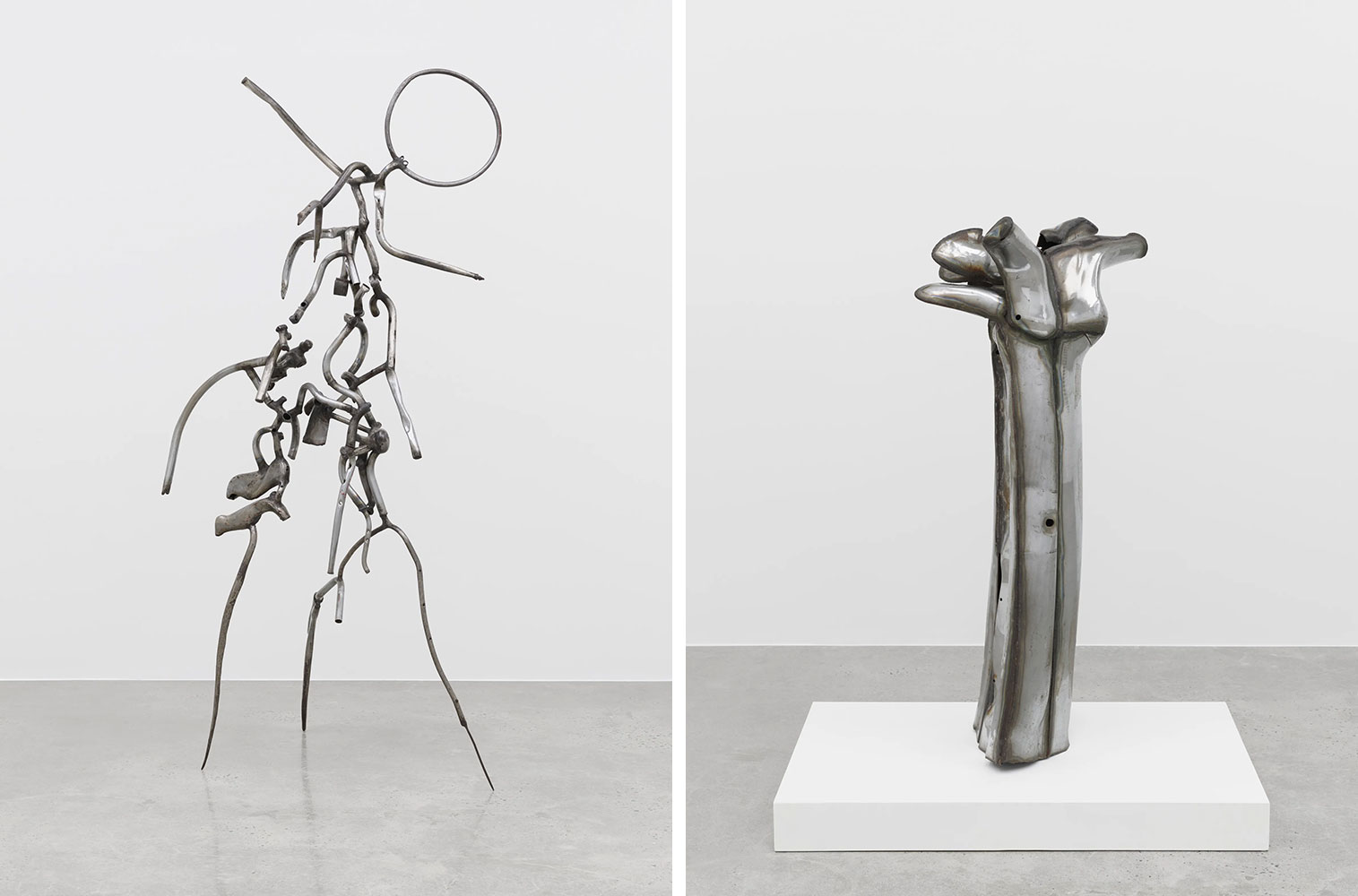
Right: Richard Hunt, Figure Form 1966, Welded chromed steel, 142.9 x 66.0 x 47.0 cm | 56 1/4 x 26 x 18 1/2 in., © Richard Hunt, Courtesy White Cube Gallery
